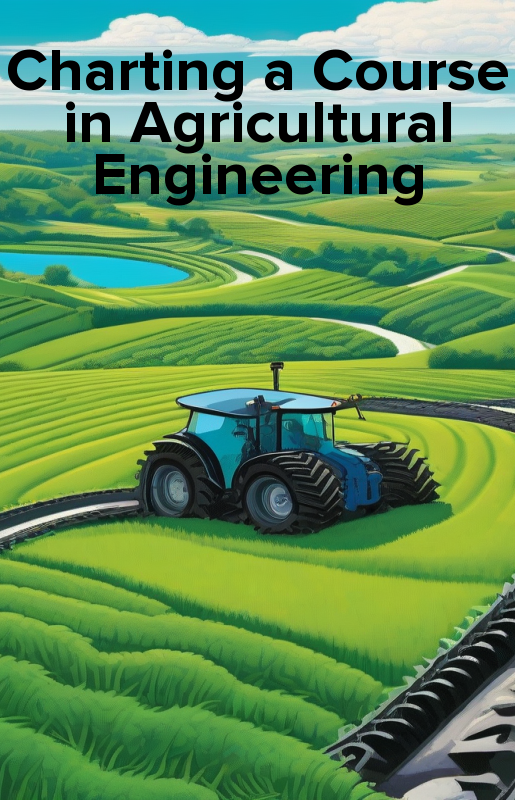Buy ebook and audiobook

Ebook, audiobook
Charting a Course in Agricultural Engineering
Author
Chris Collin
Format
EPUB, MOBI, PDF, MP3
Description
**Unlock Your Future in Agricultural Engineering**
Discover the vast career opportunities in agricultural engineering with this comprehensive guide. From the fundamentals of agricultural engineering to emerging trends and future directions, this book covers everything you need to know to succeed in this rewarding field.
Explore the various sub-disciplines of agricultural engineering, including soil and water engineering, farm power and machinery engineering, and post-harvest engineering and technology.
Learn about the different career paths available in government, private sector, and research and development, and discover the essential skills and knowledge required to excel in these roles.
Whether you're a student, a professional, or simply looking to transition into a new career, this book provides valuable insights and practical advice to help you achieve your goals.
Read more...
Daily Promotion:
39.99 USD
-75%
9.99 USD
